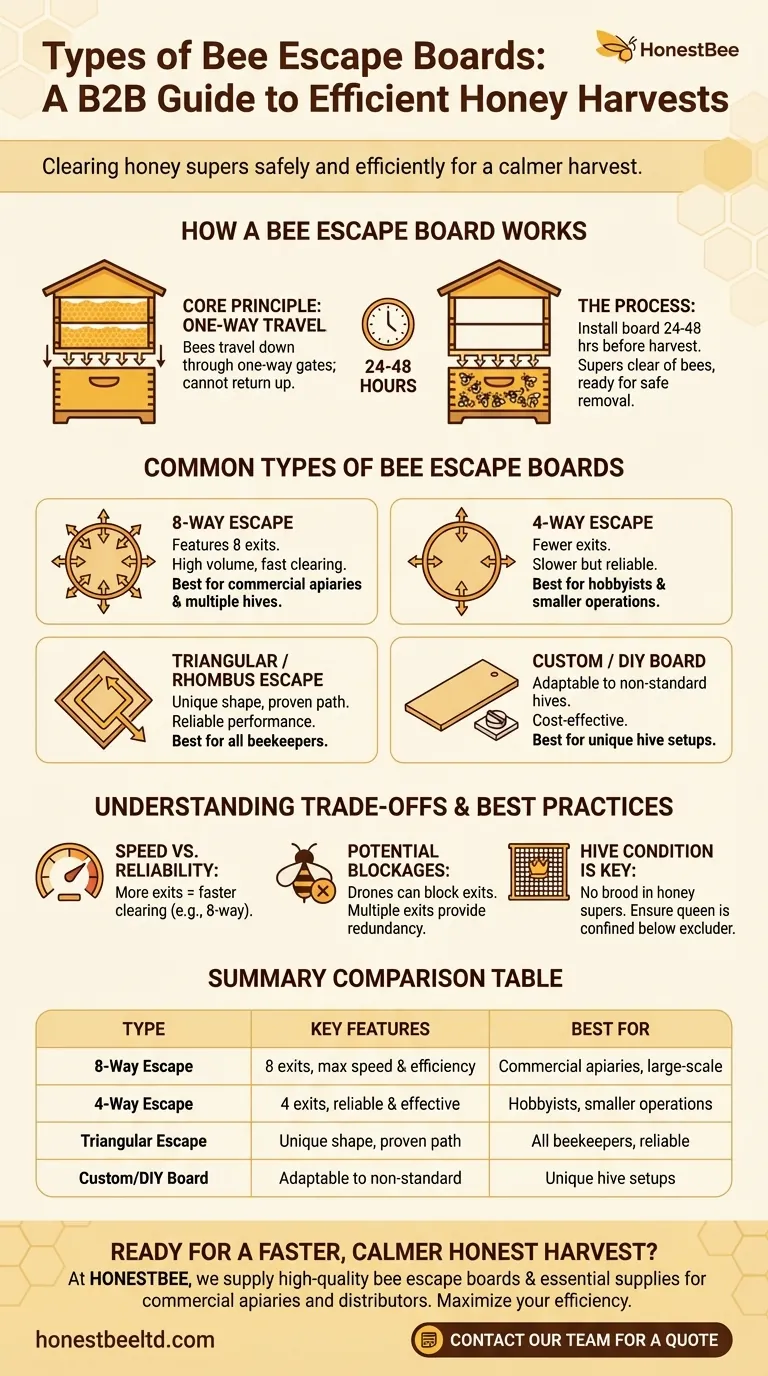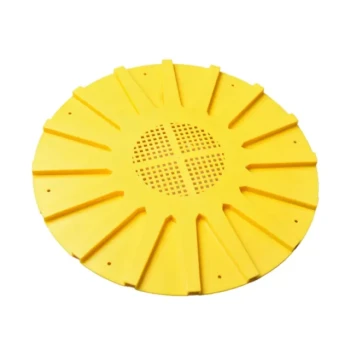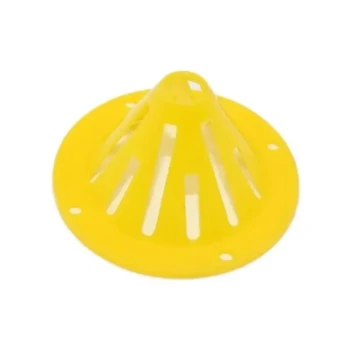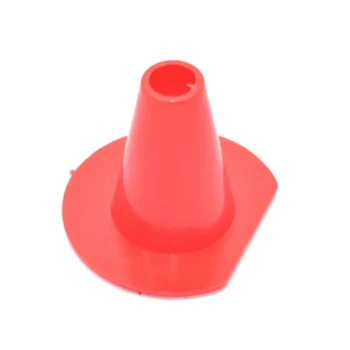At its core, a bee escape board is a specialized inner cover with one-way exits that allows you to clear bees from honey supers before harvesting. The most common designs are the 8-way and 4-way escapes, which use multiple exits for efficiency, alongside other effective variations like the triangular or rhombus style board.
A bee escape board is an essential tool for a stress-free honey harvest. While designs vary, they all function on the same principle: creating a simple, one-way path for bees to move down into the brood box, leaving you with honey supers that are nearly empty and ready for collection.

How a Bee Escape Board Works
The Core Principle: One-Way Travel
A bee escape board is placed between the honey supers you intend to harvest and the brood boxes below.
The board contains one or more small "escapes"—plastic or metal one-way gates. Bees can easily travel down and out of the honey supers through these gates but find it confusing or impossible to navigate their way back up.
The 24-Hour Process
You typically install the board 24 to 48 hours before you plan to harvest. This gives the worker bees ample time to move down into the main hive body, seeking the queen and the brood nest.
When you return, you will find the honey supers almost entirely free of bees, making removal and extraction a much calmer and safer process for both you and the colony.
Common Types of Bee Escape Boards
The 8-Way Bee Escape
This is one of the most popular and efficient models. It features a round plastic escape with eight small exits arranged in a circle.
The large number of exits allows a high volume of bees to leave the supers quickly, making it a preferred choice for beekeepers with multiple hives. It is designed to fit standard hive equipment like Langstroth hives.
The 4-Way Bee Escape
Functioning on the same principle as the 8-way, this model simply has fewer exits.
While it may clear the bees slightly more slowly, it is still highly effective and a reliable choice for hobbyist beekeepers.
The Triangular Escape
Also known as a rhombus or diamond escape, this design uses a different shape to create the one-way path. It is also very common and works exceptionally well.
The choice between a triangular and an 8-way escape often comes down to beekeeper preference, as both are proven to be effective.
Customizable and DIY Boards
The concept of a bee escape is simple enough that many beekeepers create their own.
Because they are essentially a board with a one-way valve installed, they can be easily customized to fit non-standard hive configurations or specific needs.
Understanding the Trade-offs
Speed vs. Reliability
The primary trade-off is speed. An 8-way escape will clear a super faster than a 4-way or a single-exit design simply because it offers more routes for the bees to leave.
Potential for Blockages
A critical consideration is that larger bees, particularly drones, can sometimes get stuck in the exits of an escape. A blocked exit renders it useless, so using a design with multiple exits provides redundancy.
Hive Condition is Key
For an escape board to work, there must be no brood in the honey supers. Nurse bees will not abandon eggs or larvae, and the board will fail to clear the box. Always ensure your queen is confined to the brood boxes by a queen excluder earlier in the season.
Choosing the Right Escape Board for Your Apiary
The best choice depends on the scale of your operation and your primary goal.
- If your primary focus is speed and efficiency: An 8-way escape board is the superior choice for clearing multiple supers quickly.
- If you are a hobbyist with one or two hives: A 4-way or triangular escape board is perfectly effective and will get the job done reliably.
- If you use non-standard equipment: Building your own board and installing a pre-made plastic escape is a simple and effective solution.
Ultimately, using any well-made bee escape board is a significant step toward a more peaceful and productive honey harvest.
Summary Table:
| Type of Bee Escape Board | Key Features | Best For |
|---|---|---|
| 8-Way Escape | Eight one-way exits for maximum speed and efficiency | Commercial apiaries, large-scale beekeepers |
| 4-Way Escape | Four one-way exits, reliable and effective | Hobbyist beekeepers, smaller operations |
| Triangular/Rhombus Escape | Unique shape, proven one-way path | All beekeepers, reliable performance |
| Custom/DIY Board | Adaptable to non-standard hives, cost-effective | Beekeepers with unique hive setups |
Ready for a faster, calmer honey harvest? At HONESTBEE, we supply high-quality bee escape boards and other essential beekeeping supplies to commercial apiaries and beekeeping equipment distributors through our wholesale-focused operations. Let us help you choose the right equipment to maximize your efficiency and productivity. Contact our team today to discuss your needs and get a quote!
Visual Guide

Related Products
- HONESTBEE Wooden Bee Escape Board with Triangle Mesh Design for Beekeeping
- Circular Labyrinth Bee Escape for Efficient Hive Management
- HONESTBEE 4-Way Metal Corner Wooden Bee Escape Board
- Durable 16 Way Circular Bee Escape for Efficient Honey Harvesting
- Heavy Duty Metal Corner Bee Escape for Reliable Hive Clearing
People Also Ask
- Where should the triangle escape board be placed in the hive? Master a Gentle, Stress-Free Honey Harvest
- What precautions should be taken when using the triangle escape board? Master Gentle Honey Harvesting
- What are the recommended conditions for using the triangle bee escape board? Ensure a Successful, Low-Stress Honey Harvest
- How is the Triangle Bee Escape Board placed when removing a super? Master the Correct Placement for a Stress-Free Harvest
- What is the recommended time to leave the triangle escape board installed before harvesting honey? A Guide to a Stress-Free Harvest



















